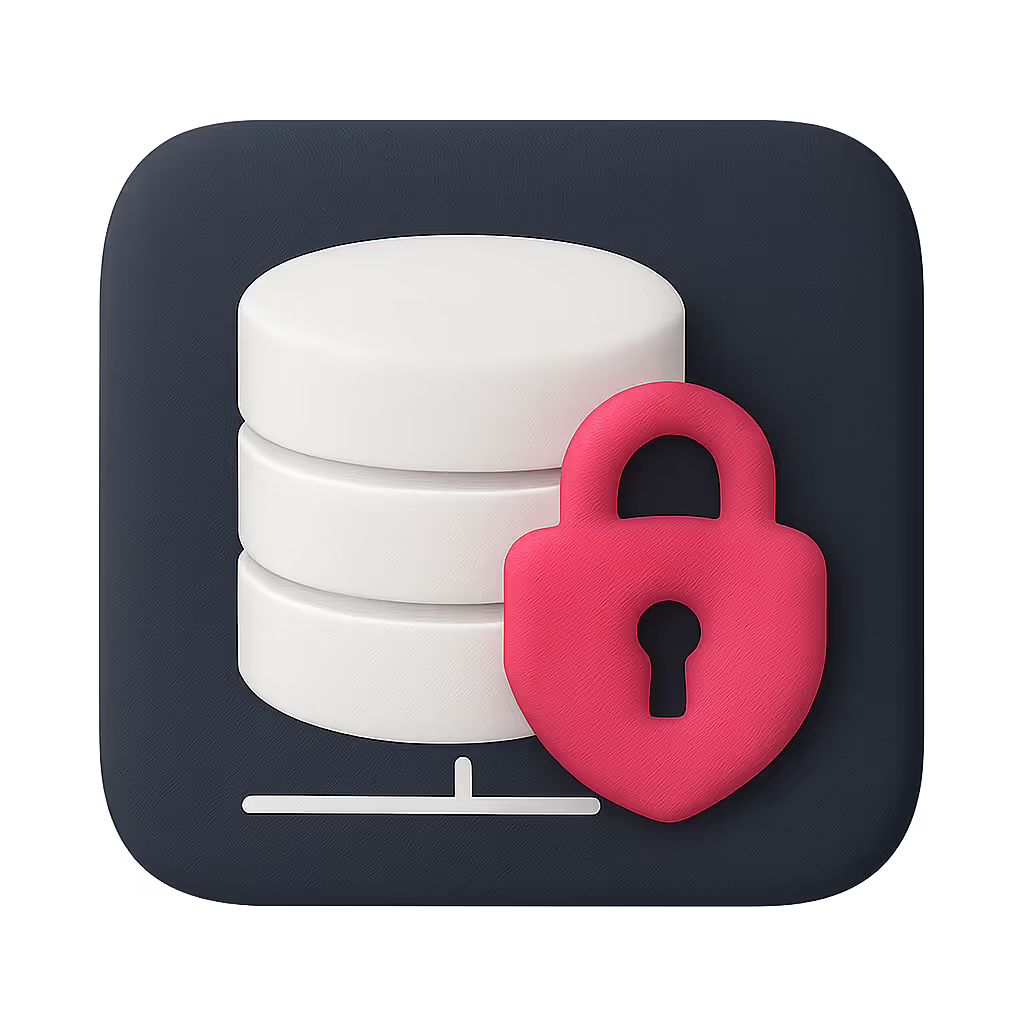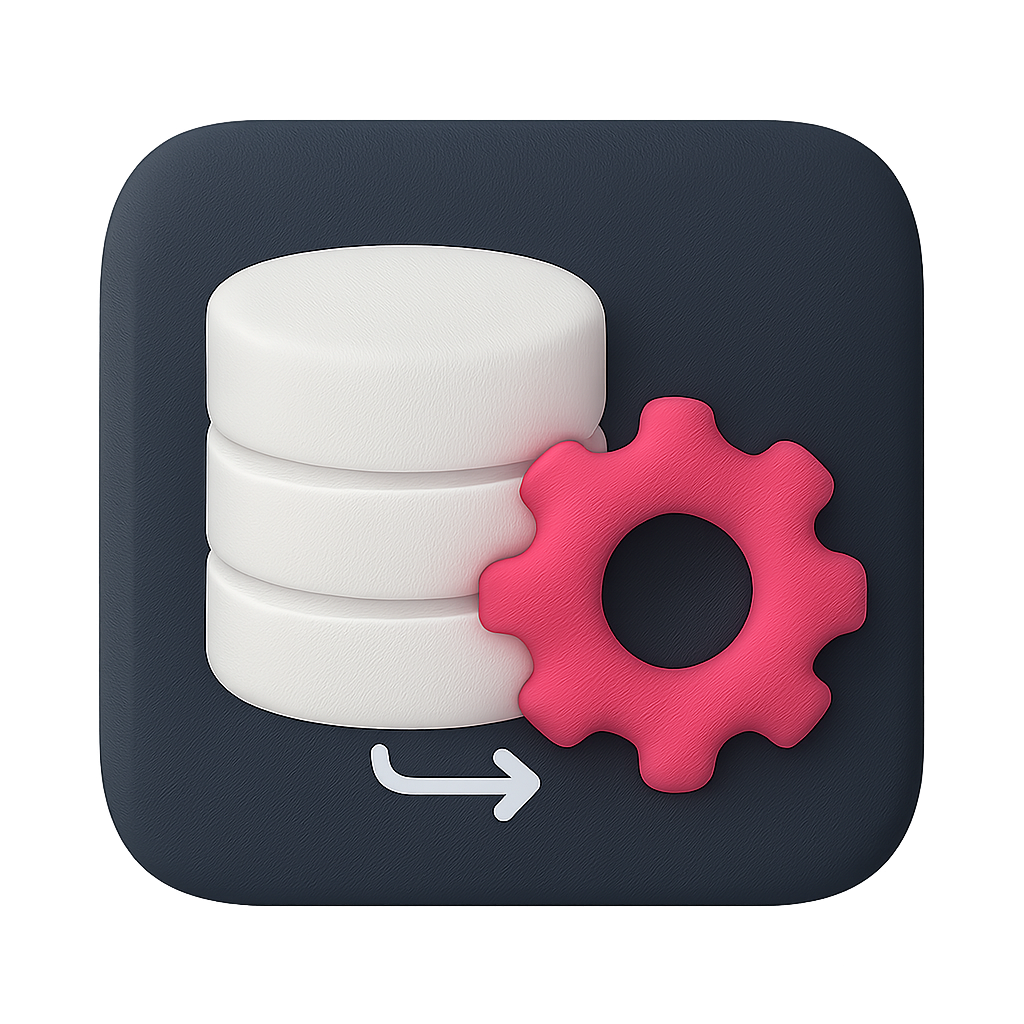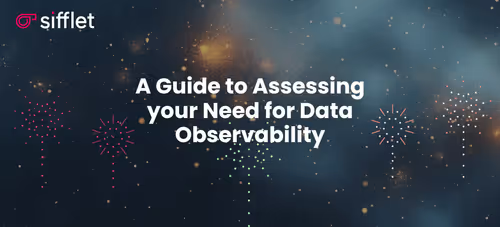%%Simply%% Secure
Sifflet makes no compromises when it comes to ensuring your security, risk mitigation, and compliance.
















Least Privilege Policies
Sifflet helps you manage who can access what data. It features RBAC principles to grant or restrict access based on a user’s role in the organization, rather than managing individual permissions.

A No Data Storage Approach
Our approach eliminates persistent data storage, with transient data handling and ephemeral computing principles.

State of the Art Isolation
Sifflet uses single tenancy architecture, so each and every client benefits from a dedicated and isolated instance of our tooling, infrastructure, and associated resources.
Product Security
Sifflet gives you peace of mind with tools to keep access to your environment protected.
- SaaS or self-hosted deployment
- Cross-IdP SSO support
- RBAC

Platform Security
Security at the platform level to keep each and every client safe.
- Single tenancy architecture for state of the art isolation
- No data alteration and least privilege policy
- No data storage approach

Compliance Certifications
Your data’s sensitive. Sifflet is certified compliant across a range of standards.
- SOC 2
- ISO 27001
- GDPR
- HIPAA

Reinforced %%Reliability%%
Sifflet’s monitoring features reinforce data reliability for all users, so business can deliver.
Need %%strong%% data protection?
Benefit from peace of mind that your sensitive data is safe and your business mitigates risk by remaining compliant.




































-p-500.png)
